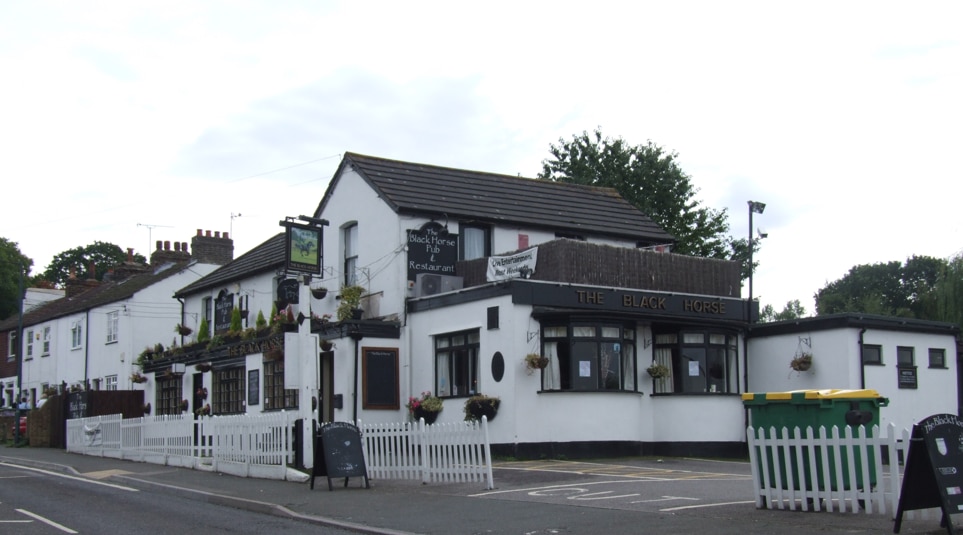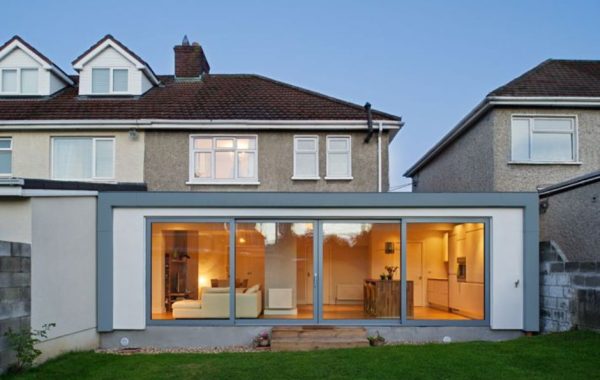Dartford Bean Change of Use: A Comprehensive Guide for 2025 and Beyond
Reimagining Spaces in Bean: The Changing Face of Property Use in Dartford’s Quiet Hamlet
Once a rural outpost known for its tranquil lanes and green pastures, Bean, a lesser-known village tucked into the southern edges of Dartford Bean, is quietly undergoing a significant transformation. As Dartford itself surges forward with rapid urbanisation and regeneration efforts, Bean is emerging as a strategic spot where landowners, investors, and homeowners are exploring the ‘Change of Use’ option to unlock new potential from existing buildings.
But what exactly does “Change of Use” mean in the context of Bean? How does it differ from other parts of Dartford or Kent? And why is it becoming increasingly relevant in 2025?
Let’s dive into this topic with a hyperlocal lens, exploring not only the technical requirements but also the social, economic, and strategic nuances of changing the use class of property in Dartford’s Bean village.
What Is a Change of Use in Planning Terms?
In planning terms, “Change of Use” refers to altering the purpose a building or land is used for, as defined by the Use Classes Order 1987 (as amended). These classes group property uses (e.g., residential, commercial, agricultural, etc.) into categories such as Class C3 (residential), Class E (commercial, retail, office), and Sui Generis (unique uses).
In Bean, as with other areas in Dartford, any proposal to shift from one class to another—say, converting a disused barn (agricultural use) into a countryside café or a holiday let (commercial/residential mix)—usually requires planning permission from Dartford Borough Council.
However, due to recent planning reforms, including permitted development rights, certain changes can be made without full planning applications, though conditions still apply.
Why Bean? Why Now?
While central Dartford sees much of the headline growth, Bean is quietly drawing interest from developers and strategic homeowners. Here’s why:
1. Strategic Rural-Urban Positioning
Bean is ideally located—within touching distance of Bluewater Shopping Centre, the A2, and Ebbsfleet International Station, yet retains a calm, semi-rural character. This makes it ripe for change-of-use applications that align with eco-tourism, micro-enterprises, and home-based workspaces.
2. Undervalued Properties with Expansion Potential
Several older dwellings, barns, garages, and even former stables in Bean are underused or misclassified, meaning they offer solid potential for change-of-use proposals such as:
Home to business use (Class C3 to Class E)
Agricultural to residential (Class Q permitted development)
Garage or outbuilding to office or studio
3. Shift in Local Demand
With remote work and sustainable living becoming mainstream, Bean appeals to people who want to live or work away from the urban frenzy yet stay connected. This has led to a rise in applications for studio conversions, artist workshops, home-run cafés, and even eco B&Bs.
Popular Change of Use Scenarios in Bean
Here are some of the most sought-after and realistic change-of-use types currently trending in and around Bean:
🔹 Agricultural to Residential (Class Q)
Many older barns and field-adjacent structures in Bean may be eligible under Class Q permitted development rights, allowing conversion to dwellings—provided they meet structural integrity and environmental standards.
🔹 Residential to Mixed-Use (Live/Work Units)
A growing trend in Bean sees homeowners requesting change of use for garden studios or outbuildings to operate as photography studios, counselling rooms, or yoga spaces, often under Class E.
🔹 Garages and Ancillary Buildings to Independent Flats
Though more restricted, Dartford Borough Council has recently shown flexibility in granting permissions to convert disused garages or annexes into standalone studio flats or rental units.
🔹 Sui Generis Applications
In some cases, unique proposals—like converting a detached barn into a craft gin distillery with tastings—fall under sui generis. These require bespoke planning arguments, which local planning consultants often assist with.
The Planning Process: What to Expect in Bean
Initial Feasibility Assessment
A qualified planning consultant or architects assesses whether the desired change is possible under permitted development or requires full planning permission.Pre-Application Advice from Dartford Council
Highly recommended in Bean, where rural sensitivities and Green Belt policies may come into play.Application Submission
Includes drawings, planning statements, design and access statements, and any ecological or highways impact reports.Consultation and Determination
Dartford Borough Council will consult stakeholders and respond, usually within 8–12 weeks, though times can vary depending on complexity.
Common Pitfalls and How to Avoid Them
Assuming Permitted Development Applies Without Confirmation
Many properties in Bean lie within or adjacent to Green Belt, conservation areas, or protected landscapes, restricting permitted rights.Ignoring Local Character
Change-of-use applications that don’t respect Bean’s semi-rural charm or architectural consistency often face objections.Lack of Evidence or Justification
Especially in sui generis or agricultural conversions, thorough planning justification is vital. Local precedence can be your ally—reference similar successful applications in the area.
Community Response and Sustainability
Interestingly, Bean’s local sentiment toward change of use is generally positive, so long as the proposals are context-sensitive and contribute to the local micro-economy. Projects that involve farm-to-fork enterprises, eco-conscious tourism, or live-work models have received support in recent years, reflecting a growing appetite for intelligent rural reinvention.
Conclusion: Is Bean the Next Big Thing for Change of Use?
While Bean may not yet appear on the average developer’s radar, its unique mix of underutilised spaces, rising interest in sustainable rural living, and evolving policy frameworks makes it a prime candidate for thoughtful change-of-use proposals.
Whether you’re a landowner seeking new income streams, a family needing extra living space, or an entrepreneur launching a countryside brand—the future of Bean lies in adaptive re-use. And with the right guidance, your project could be the next success story in Dartford’s quietest revolution.





